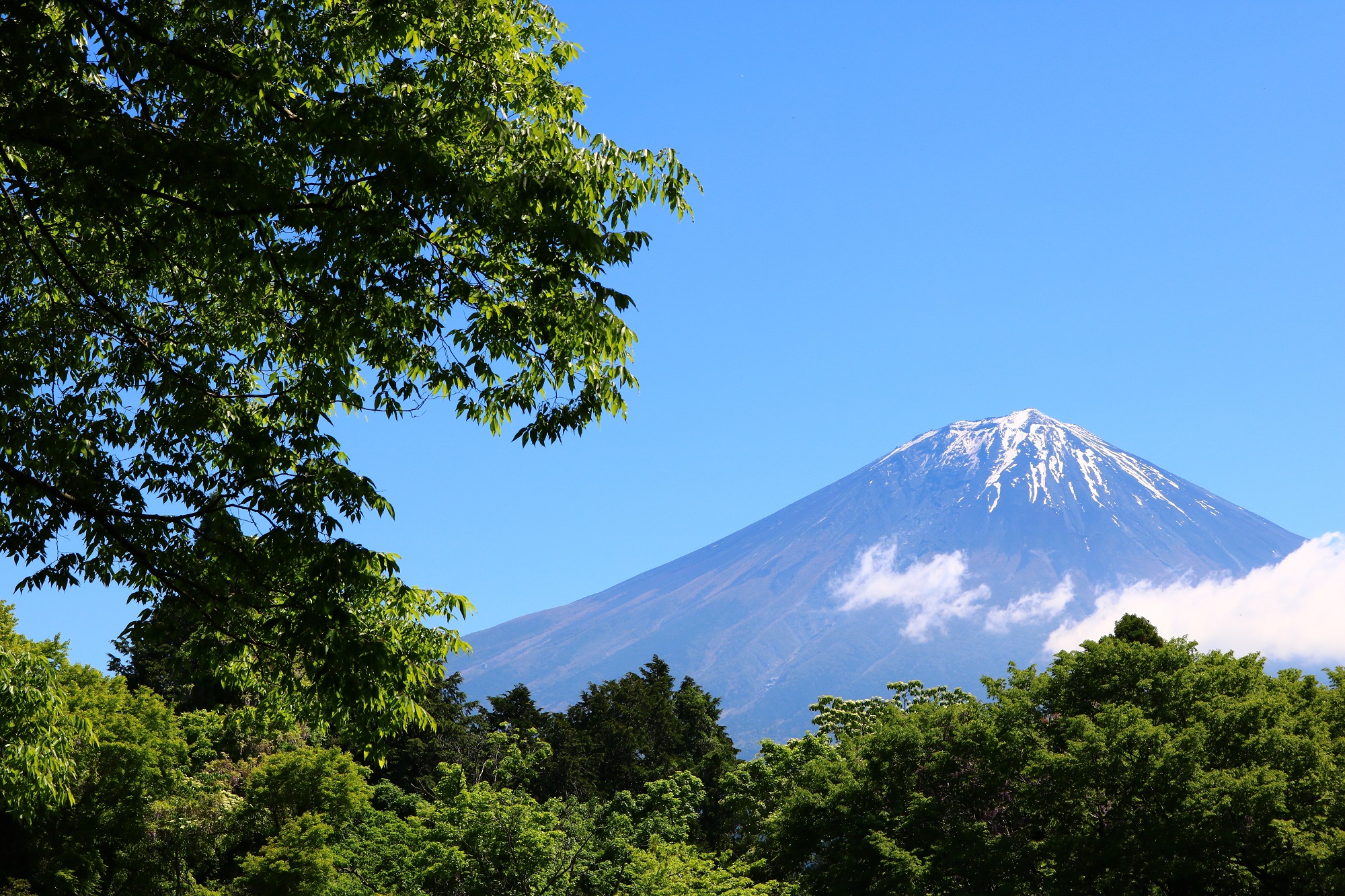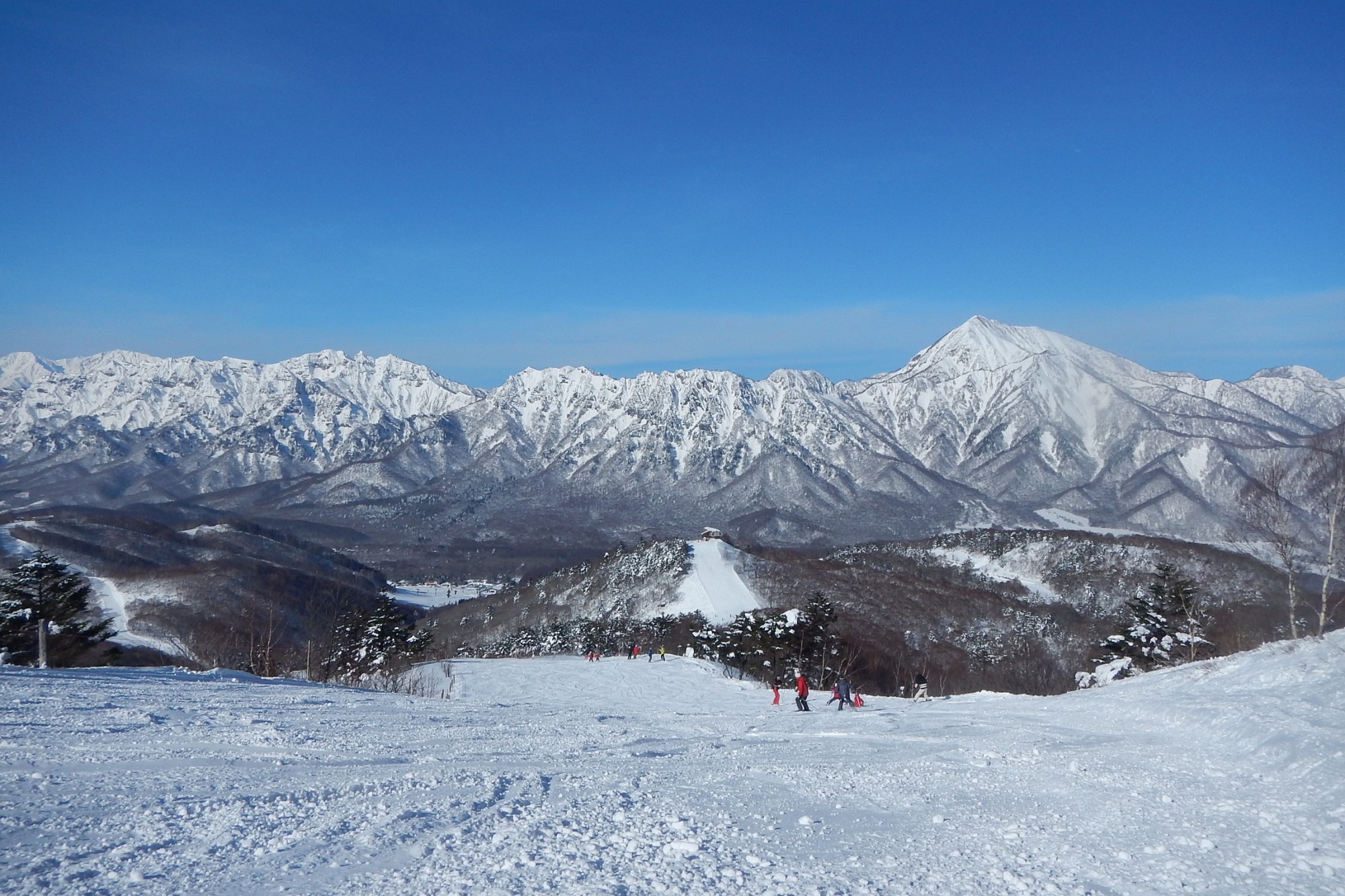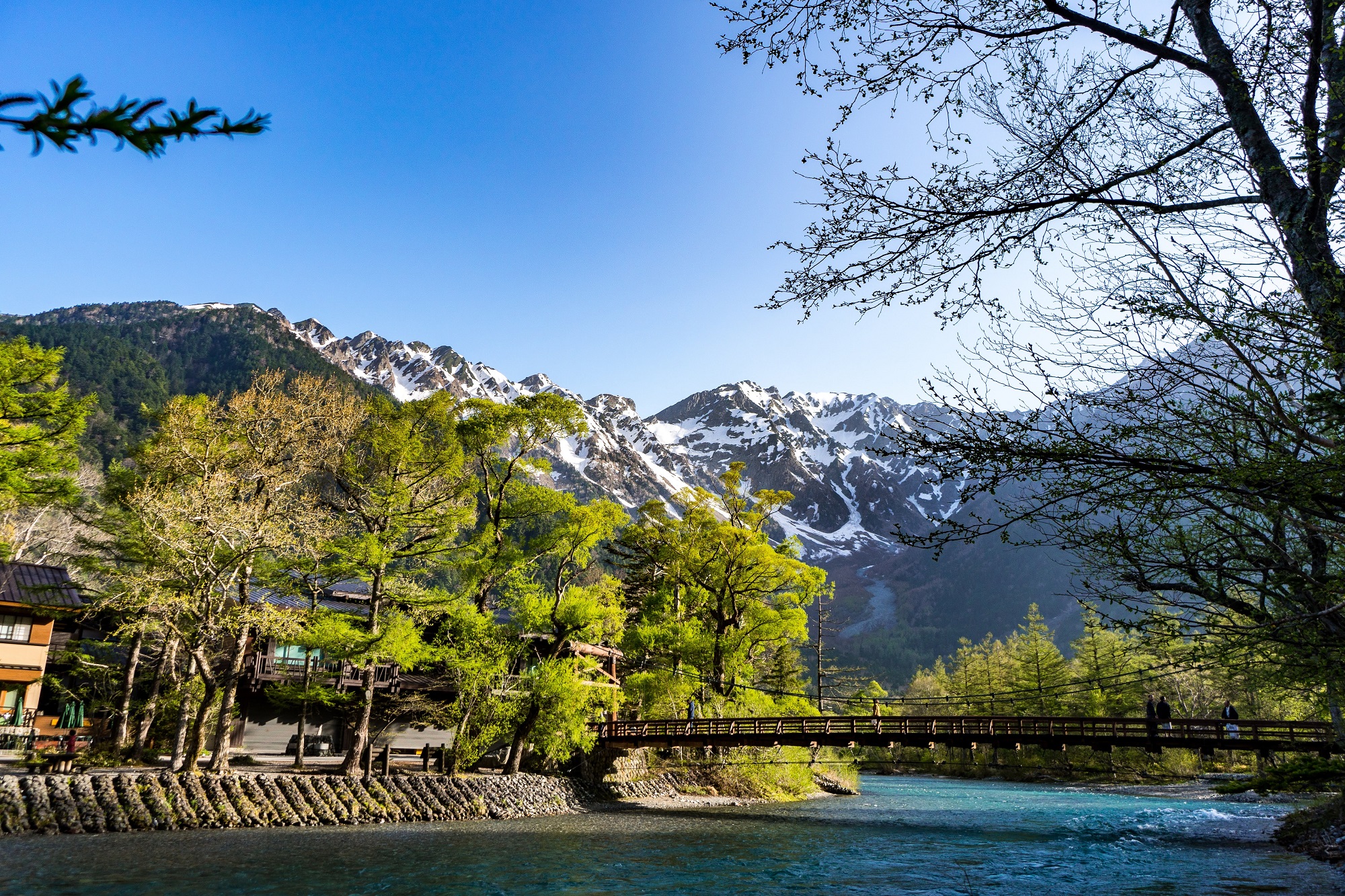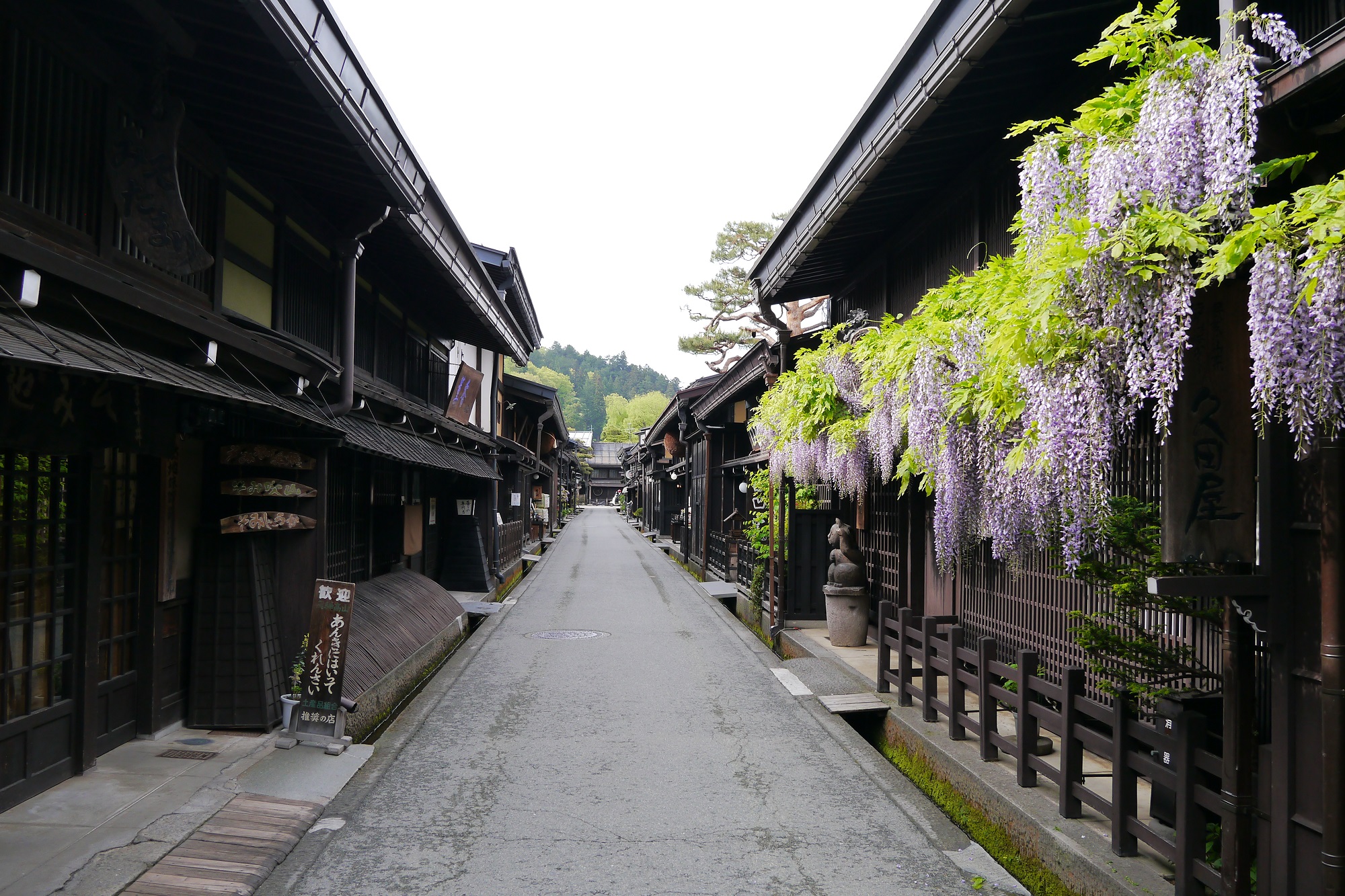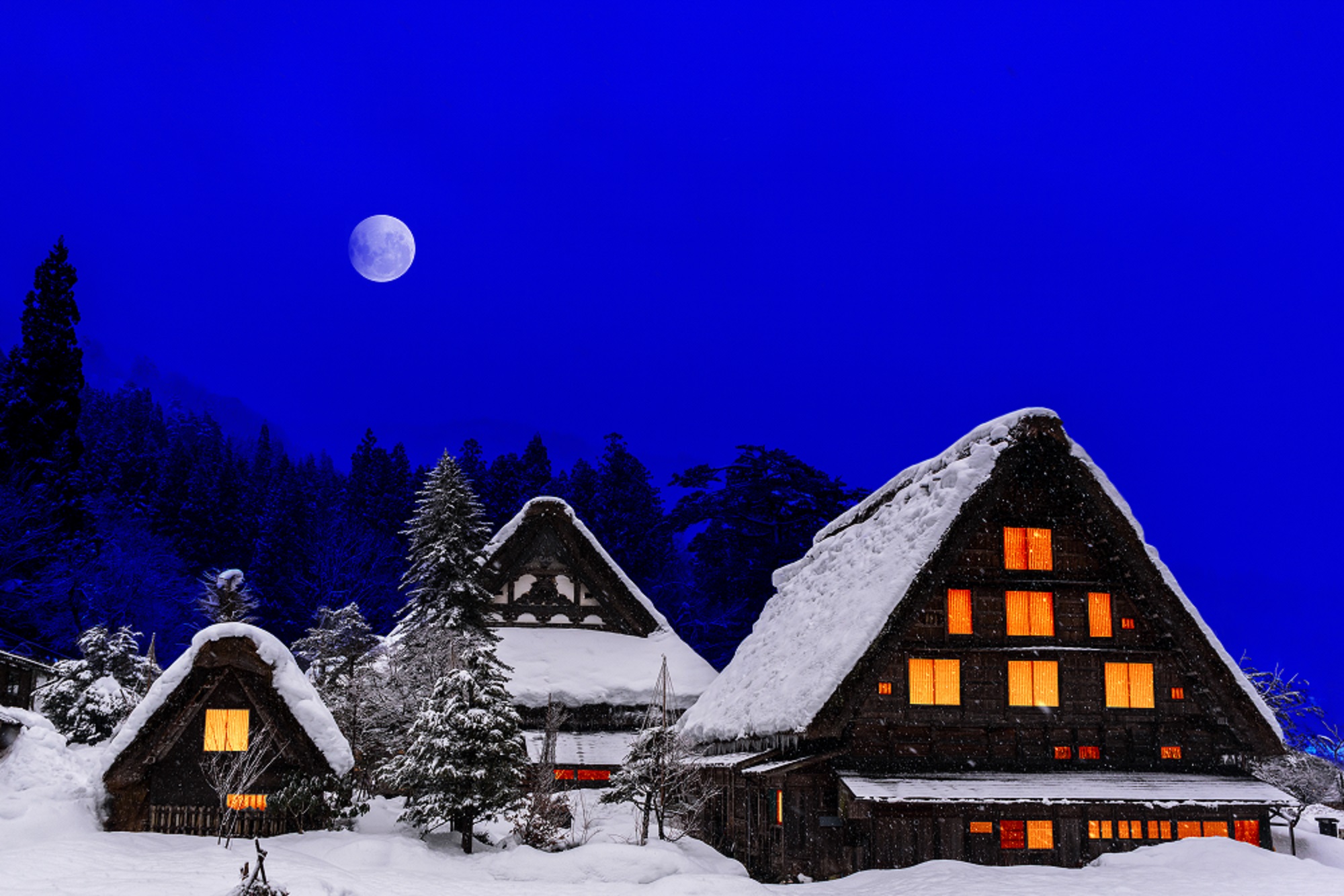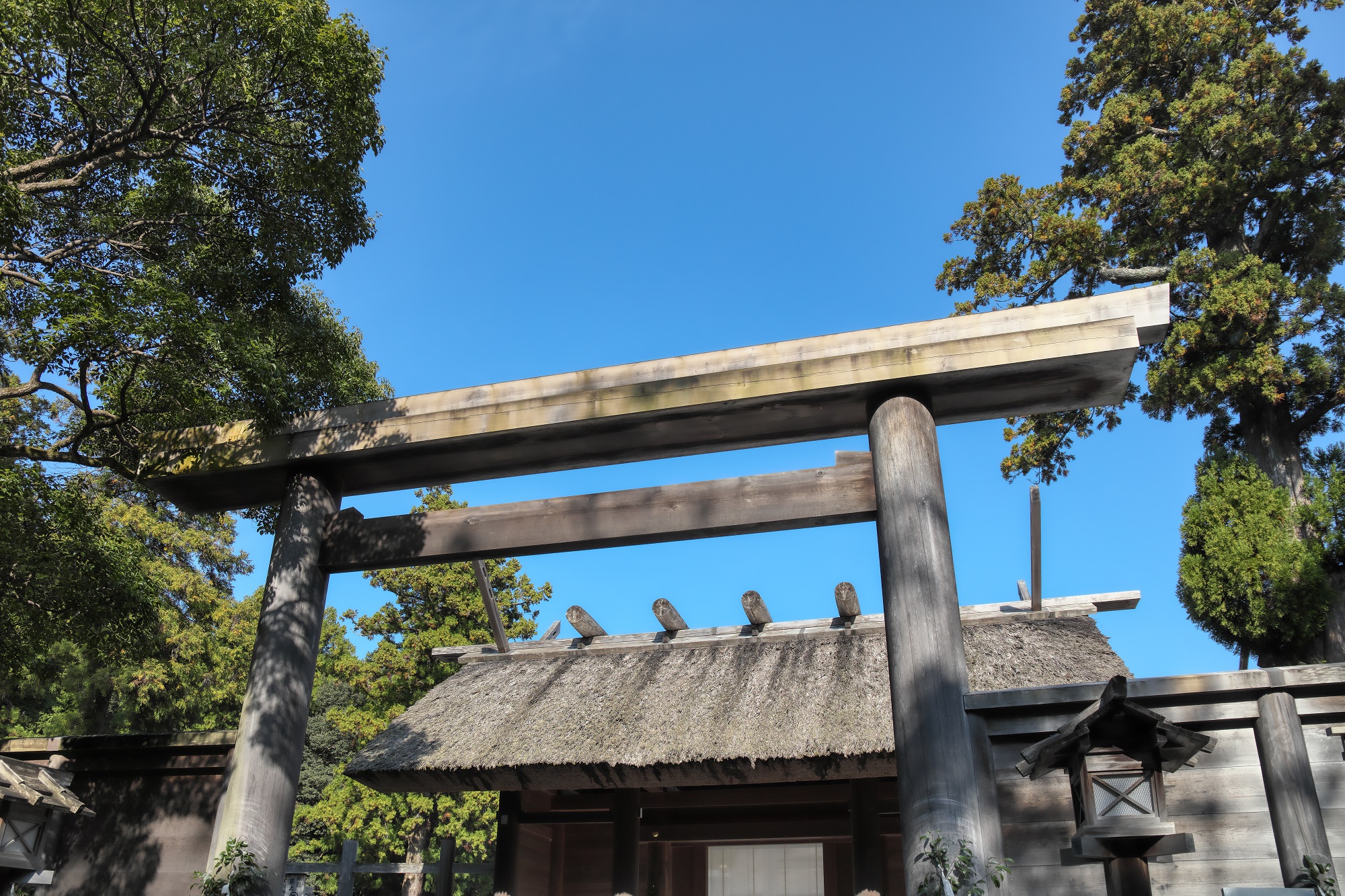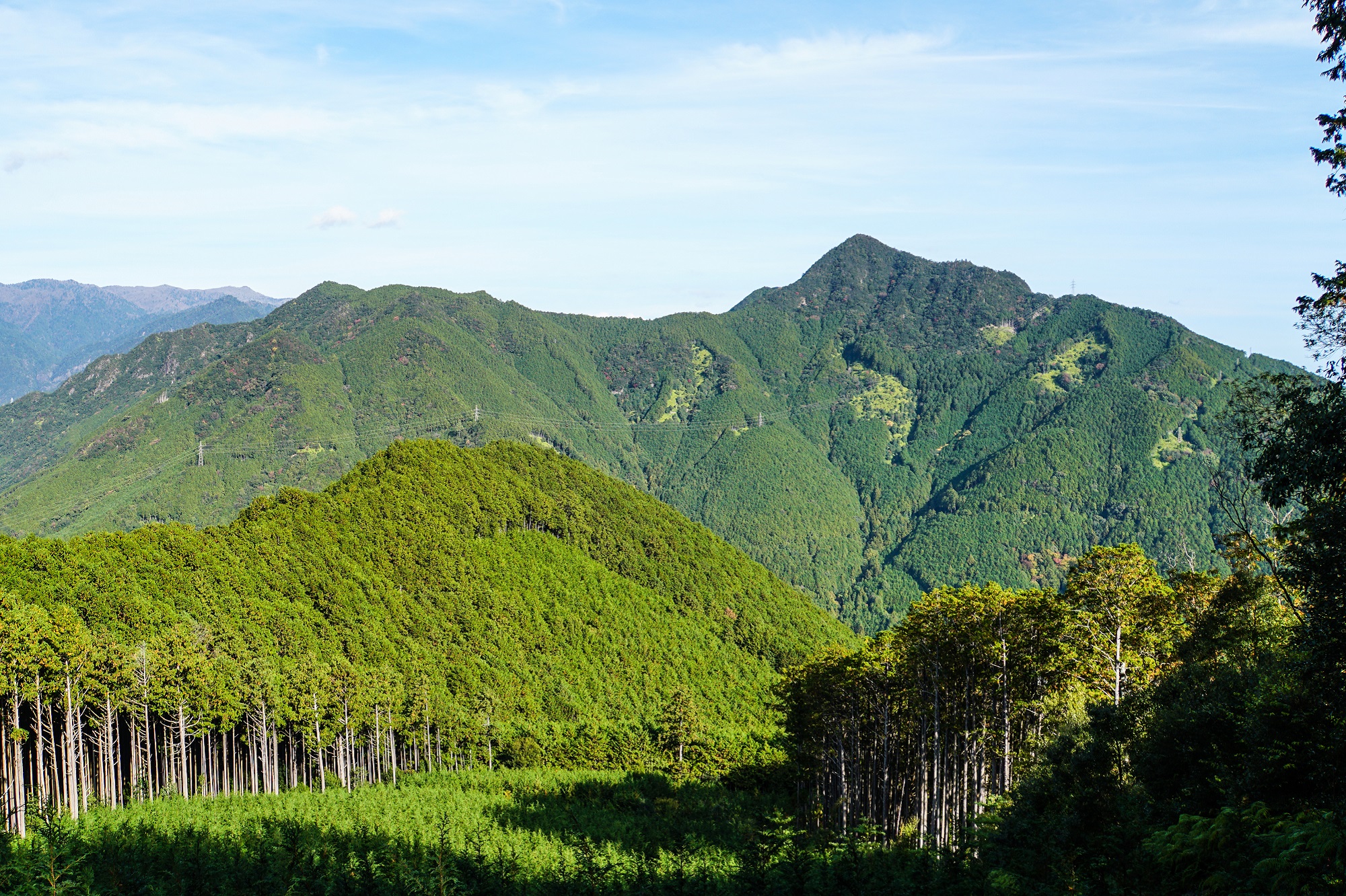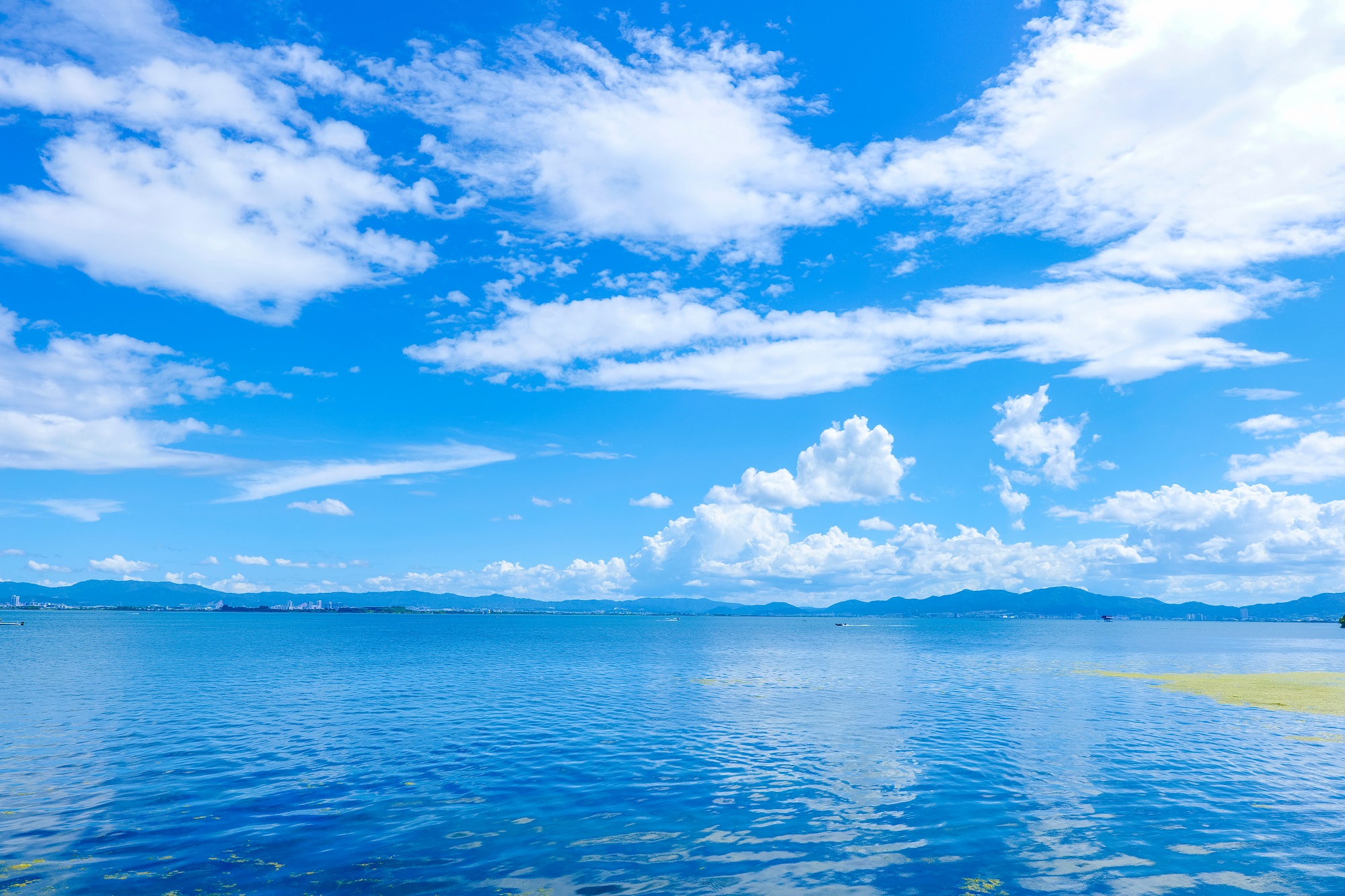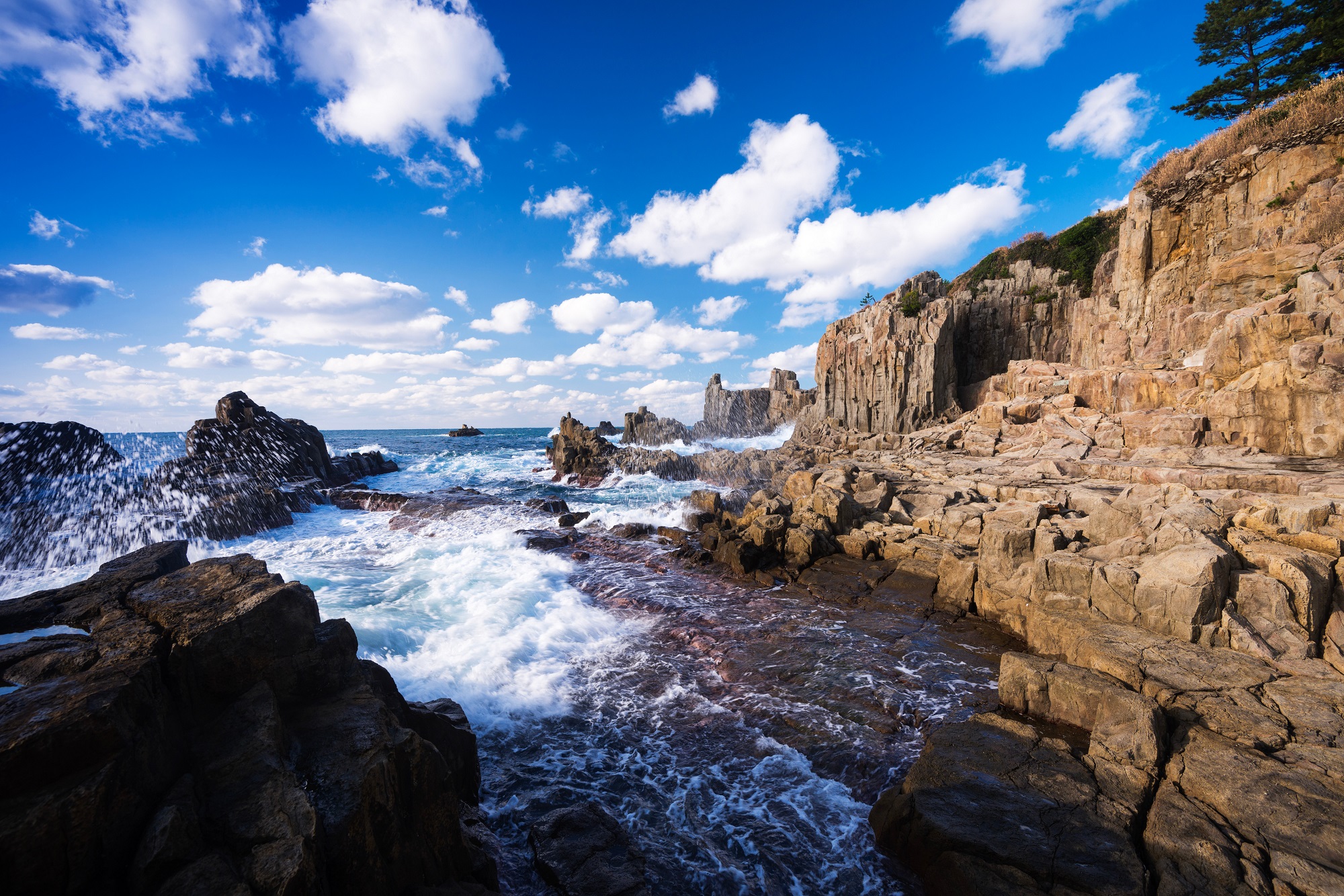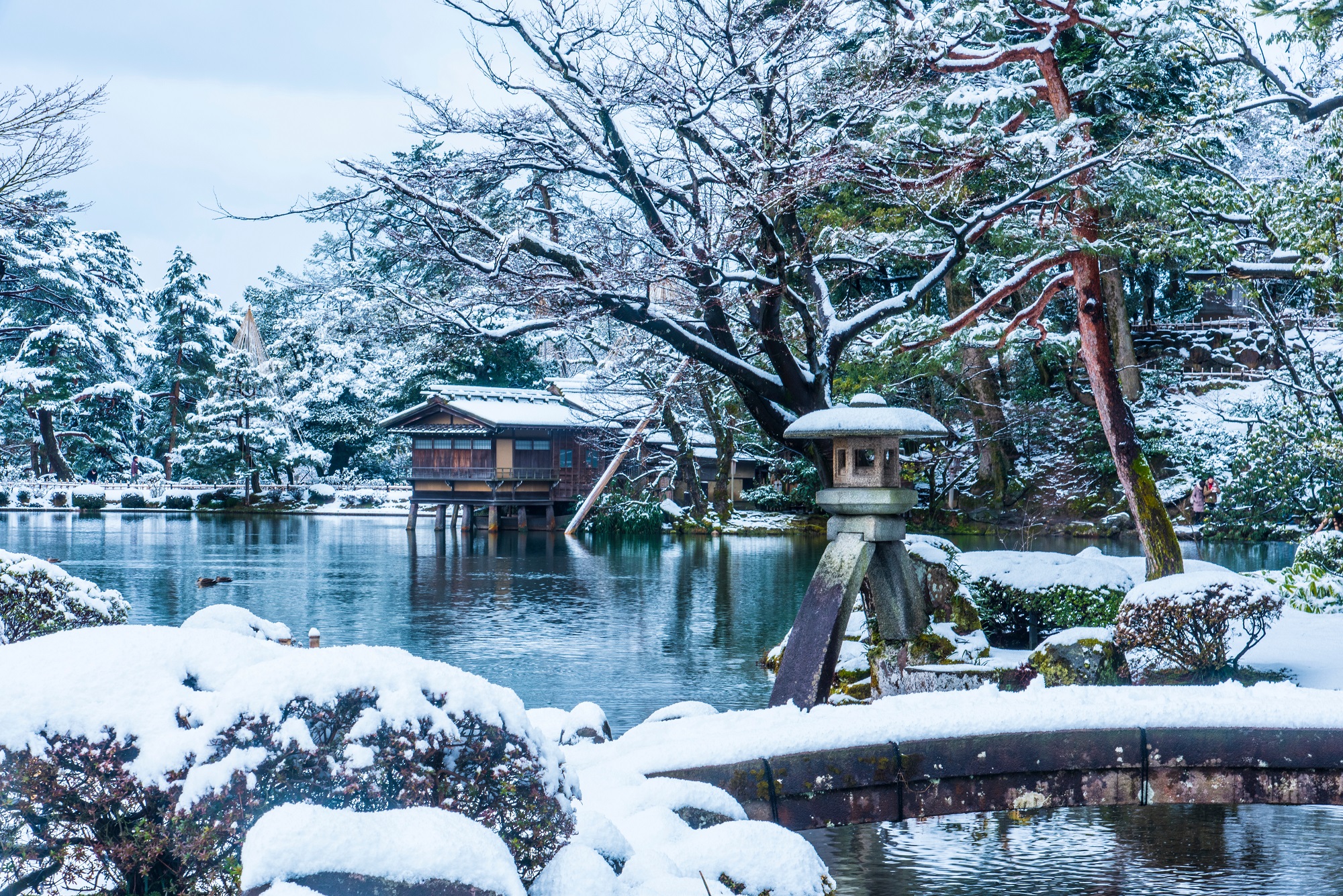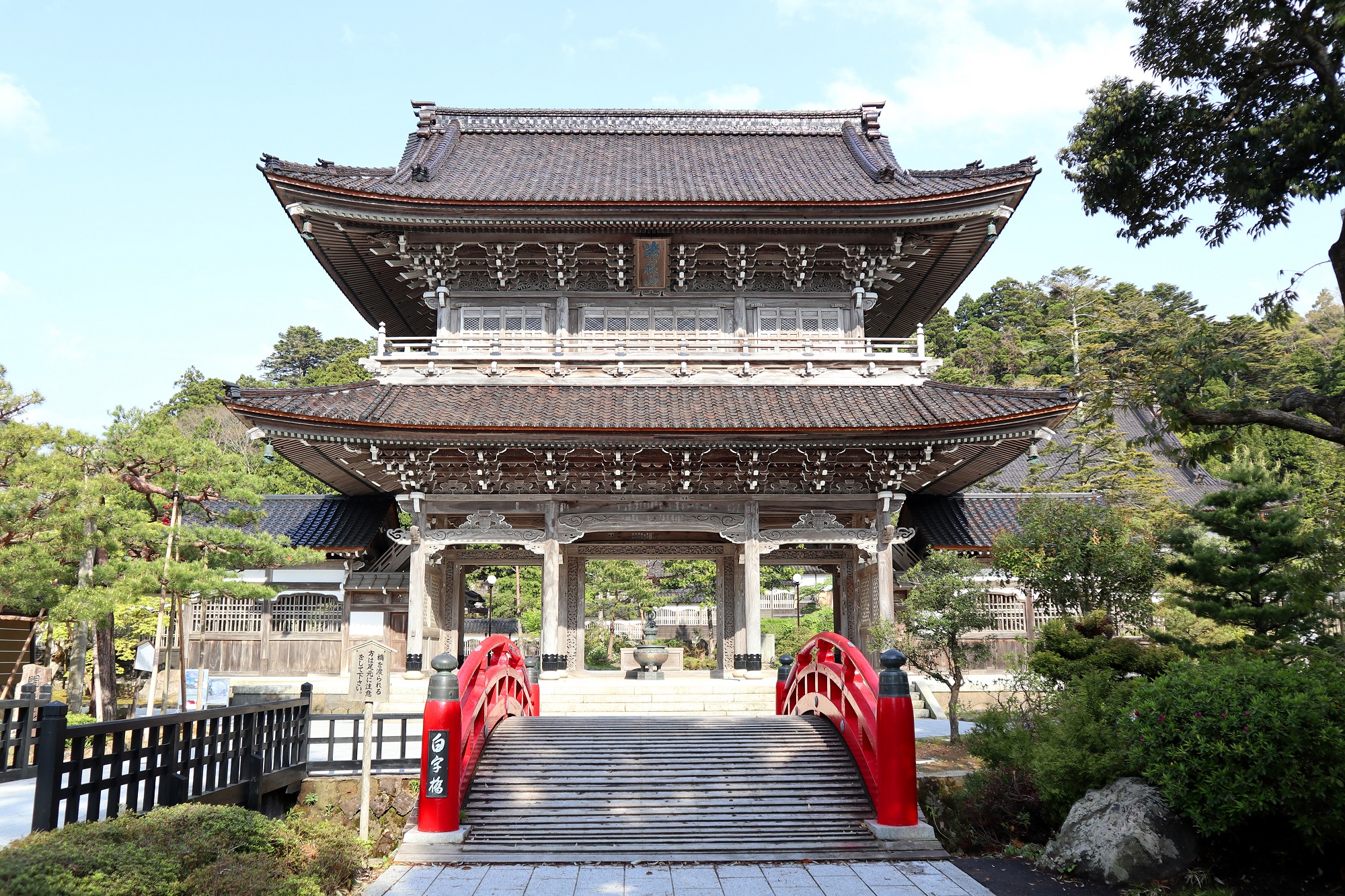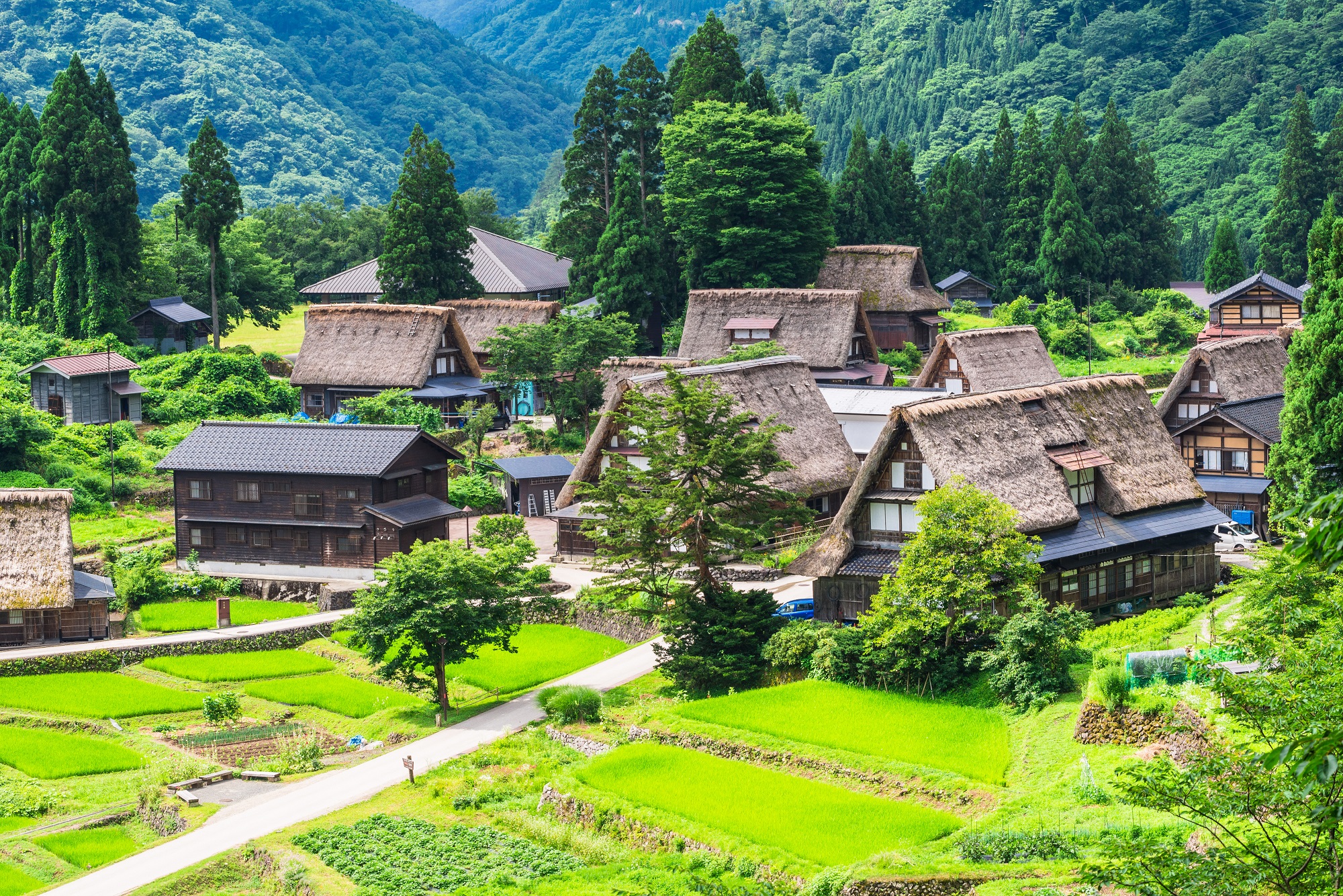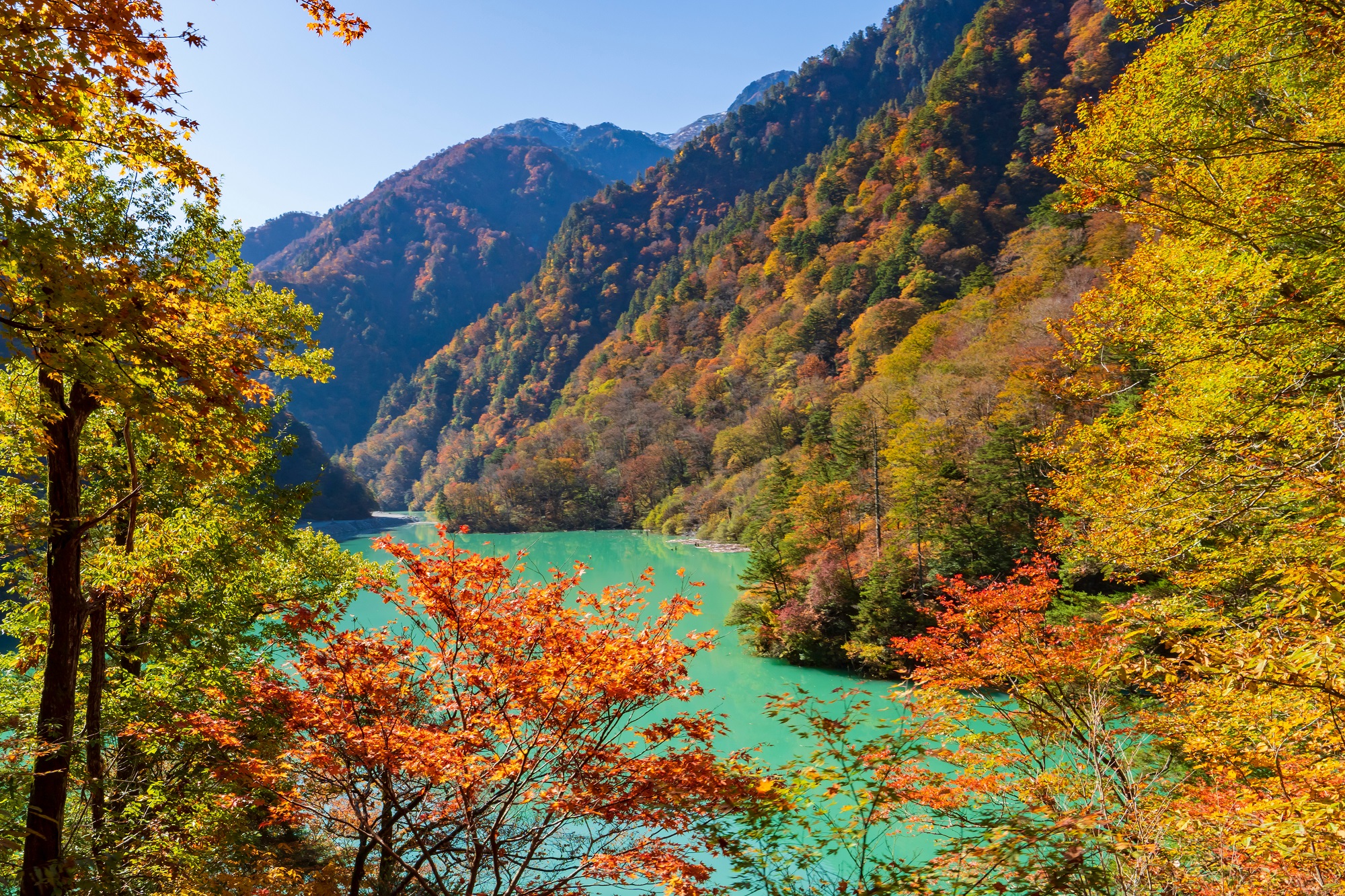Beautiful Places/絶景
Bucket List Material: Japan’s Spectacular Scenery
Surrounded by blue seas on all four sides, Japan is an island nation where about 70% of the land is covered in forests. The natural bounties of the seas and mountains, the four distinct seasons and the unique culture come together to produce countless phenomenal views. There are various types of spectacular landscapes created by geography, natural phenomena, the seasons, the passage of time, and by Japan’s long history. Here we will attempt to introduce you to a selection of some key sights that you simply mustn’t miss when you visit Japan.
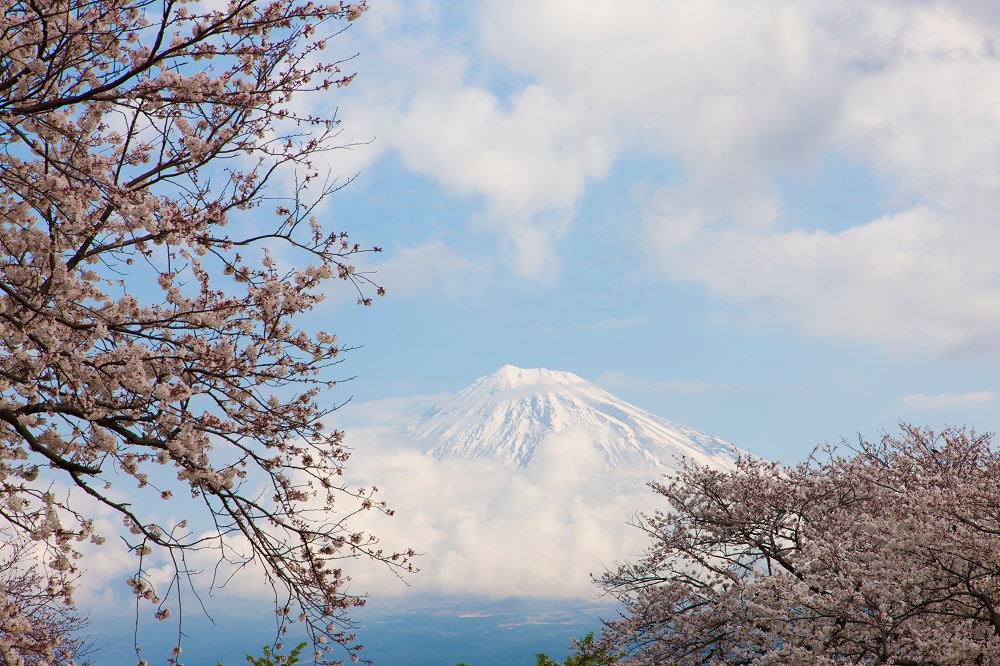
Enjoying Spectacular Views: Rules and Recommendations
Landscapes and the stunning views they offer should be preserved for future generations. Carefully protected by the local people and in some cases considered holy, the awe-inspiring landscapes are deeply connected to the spiritual culture of their respective regions, making it important to follow not only general rules, such as only entering designated places, taking garbage home with you, and avoiding damage to monuments and structures, but also locally-established rules. Be mindful of others when taking photographs, obey traffic rules and do not enter restricted areas. If photography and tripods are forbidden, then follow the rules.

Key Scenic Spots in the Chubu Region
Aichi
Korankei Gorge (Toyota City)
Korankei is a mountain stream on the Tomoe River and is known as one of the best spots in the Chubu region for viewing the autumn leaves. The maple trees along the gorge were originally planted in 1634 by Sanei, the head priest of Kojakuji Temple. Ever since, the entire area from the banks of the stream to the grounds of the temple have been adorned with colorful trees. The Korankei Maple Festival is usually held during November, when for an entire month the river is illuminated so that the fiery autumn leaves are reflected on the surface of the river, creating a breathtakingly beautiful sight.
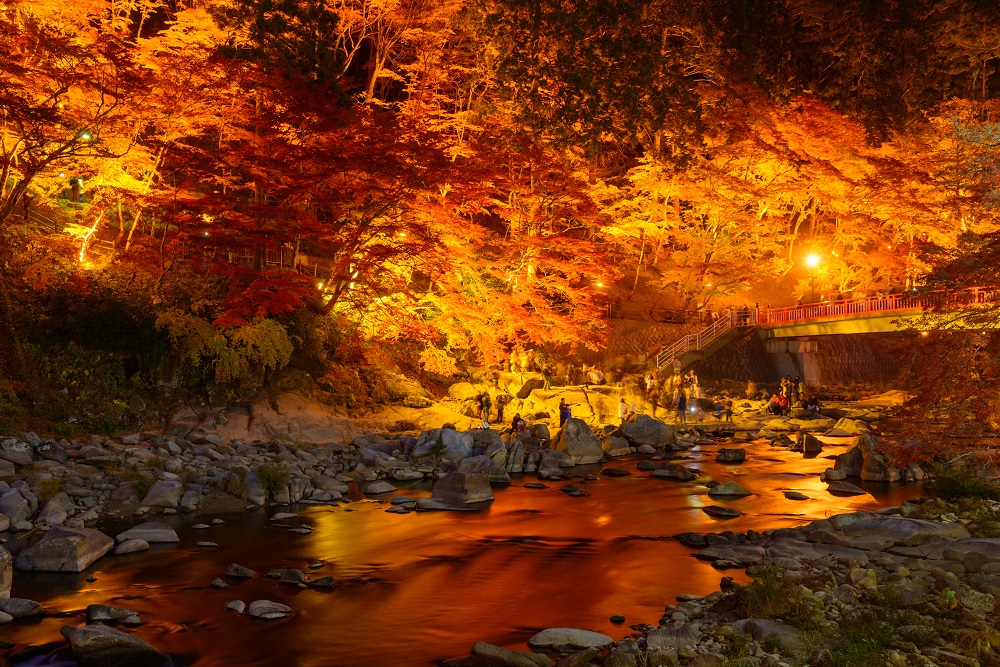
Shizuoka
Miho no Matsubara (Shizuoka City)
Miho no Matsubara is a pine forest stretching along the coastline of the Miho Peninsula, where some 30,000 pine trees grow in clusters over a distance of 7 km. The sparkling blue of the ocean, the verdant green of the pine trees, and the view of Mt. Fuji in the distance combine to create a view that is truly picturesque. It is also the setting for the Hagoromo (feathered robe) legend, according to which one day in Miho no Matsubara, a celestial maiden hung her feathered robe on the branch of a pine tree to take a bath. A fisherman found the robe and tried to take it home, so the deity performed a celestial dance for him in order to get it back before she returned to the heavens. In honor of this, the Miho Hagoromo Takigi Noh performance of traditional Japanese Noh drama is held every year in October.
Miho no Matsubara is a constituent asset of the Mt. Fuji World Cultural Heritage Site.

Nagano
Shibu Onsen (Yamanouchi Town, Shimotakai District)
Shibu Onsen is a charming hot spring resort town with a nostalgic townscape that makes you feel as if you have traveled back in time. Since the opening of the hot spring 1,300 years ago, the town has flourished as a place providing lodging and therapeutic spas. The narrow cobblestone streets are lined on both sides with three- and four-story retro-style wooden inns and amusement centers. Taking a stroll along them, admiring the old latticed windows and balustrades of the corridors, will make you feel as if you have wandered into the world of a Ghibli animated film.
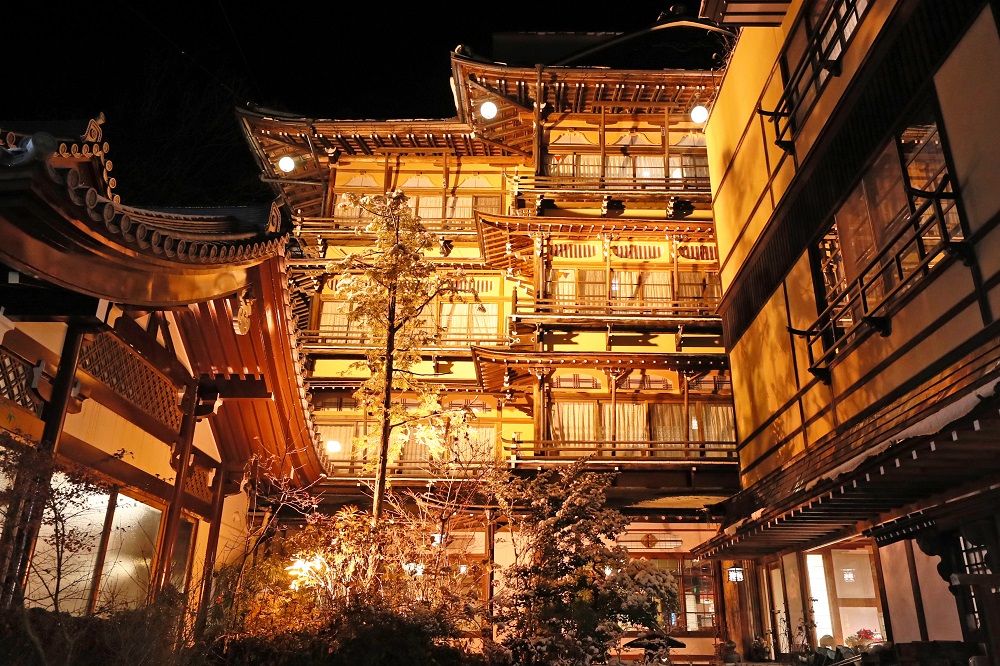
Gifu
Shirakawago (Shirakawa Village)
Shirakawa Village is an agricultural and mountainous area surrounded by mountains and known for its houses built in the Gassho-Zukuri architectural style. “Gassho” literally means, “hands pressed together,” and the architectural style is called this because the roofs are built with high peaks and steep angles, making the houses resemble hands pressed together. In March, the snow begins to melt, and by late April, the peaceful scenery of cherry blossoms, mountain greenery, and straw-thatched roofs soothes the hearts of those who see it. In summer, the rice paddies, fields and mountain trees turn a powerful green, and in autumn, the winds sway the reddish leaves and golden ears of rice. The region receives some of the heaviest snowfall in all of Japan, and by February, the amount of accumulated snow can be as high as a full-grown person. The thatched roofs are specially illuminated at night around the time when they are covered in dense snow, creating a breathtakingly beautiful shimmery, silver world.
Click here for more on Shirakawago
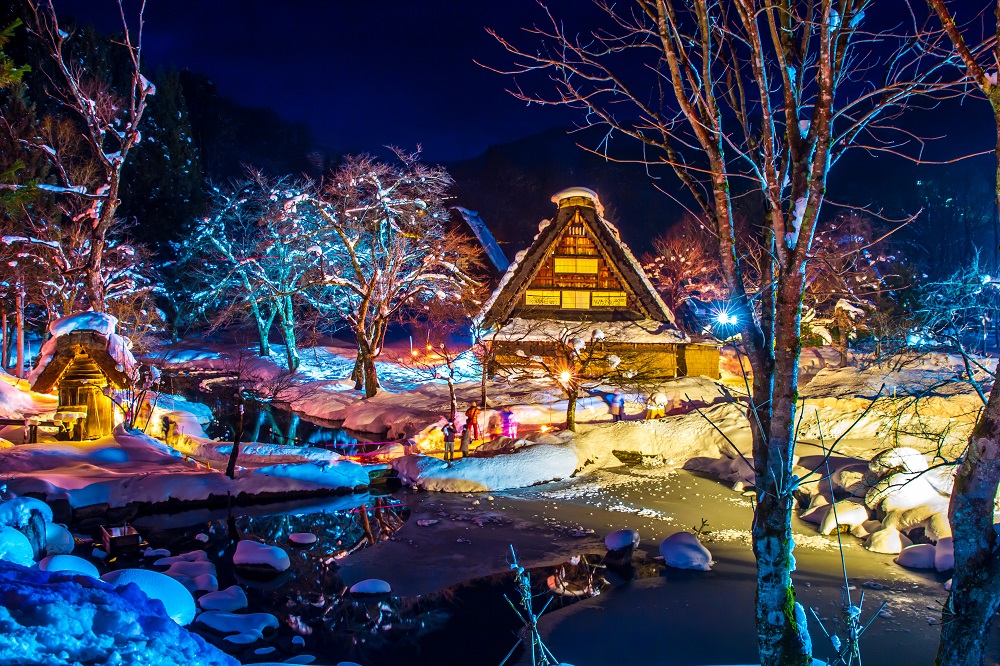
Mie
Onigajo (Kumano City)
Onigajo is part of the World Heritage Site “Sacred Sites and Pilgrimage Routes in the Kii Mountain Range.” Using the lifting of the ground and the waves of the Kumano-nada Sea to cut the shore in a ragged pattern, Mother Nature has created stunningly beautiful formations along the 1.2-kilometer long coastline. Carved by the waves, the cave entrances are sharply pointed, with flat, honeycombed ceilings showing holes where erosion has occurred. Among them, Senjojiki is a large cave with an upper and lower level, a height of 15 meters and an area of approximately 1,500 square meters. From the Onigajo Center, you can walk about 1 km along the coastal trail to get to the west entrance of Onigajo, but be careful, as from Senjojiki onward, the path is extremely narrow and the footholds are bad in some parts.
Click here for more on Kumano City
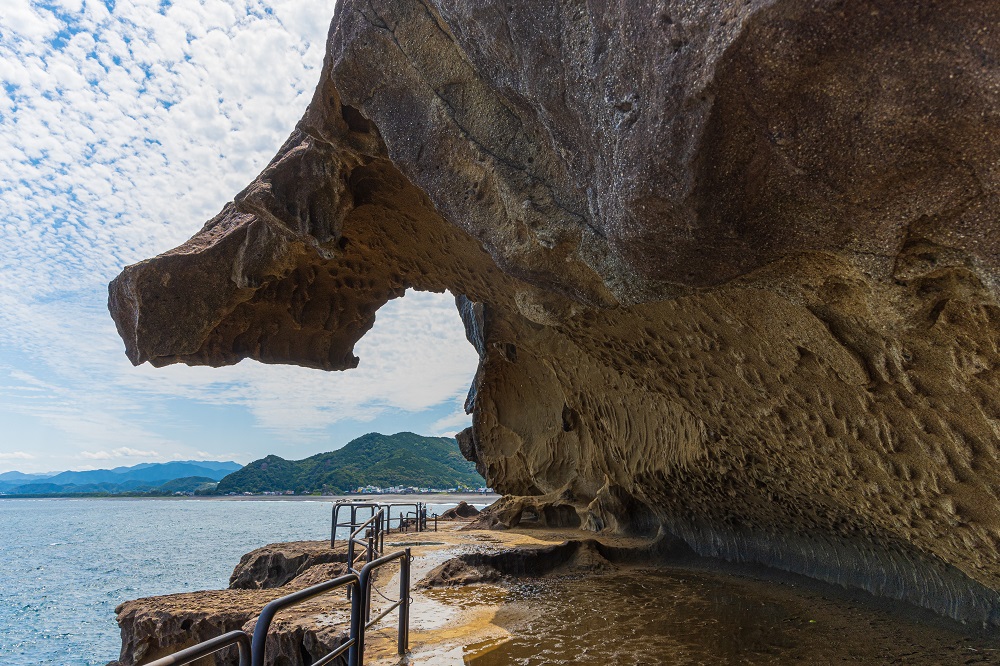
Shiga
Biwako Terrace (Otsu City)
Located in Shiga Prefecture, Lake Biwa is not only the largest freshwater lake in Japan, it is also Japan’s oldest lake in general, with a long history of about 4 million years, and is one of only about 20 ancient lakes in the world. Biwako Terrace is a terrace area located in Biwako Valley, 1,100 meters above sea level and about 5 minutes by ropeway from the foot of the mountain. The Grand Terrace and North Terrace have pools with water at the end of the wooden decks, offering a spectacular view that seems to connect the terrace to Lake Biwa stretched out below. Because of the difference in elevation, a sea of clouds can sometimes be seen.
Click here for more on Lake Biwa
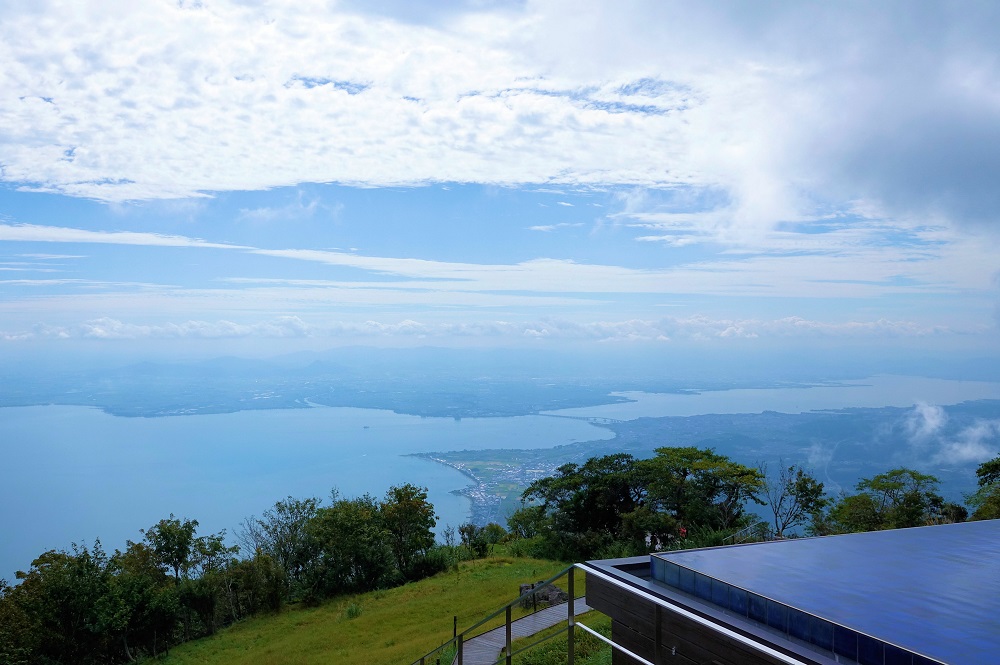
Fukui
Echizen-Ono Castle (Ono City)
Echizen-Ono Castle stands atop Mt. Kame, towering over central Ono City. The castle was built over a period of four years from around 1576. A castle town developed, known as the Little Kyoto of the Hokuriku Region due to its use of a grid plan, just like the old capital. Since then, Ono has prospered as the center of the Oku-Echizen region. Echizen-Ono Castle is located in the Ono Basin, which is surrounded by mountains on all sides. On early winter mornings when the weather conditions are just right, a sea of clouds can form, and if you are lucky, you can see the castle in the sky floating in the sea of clouds.
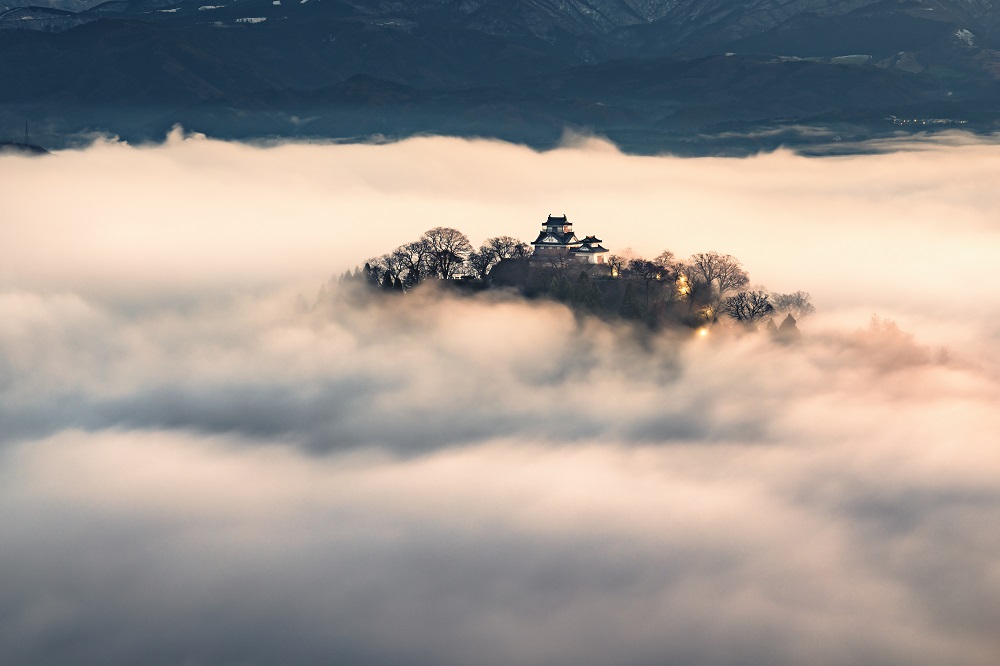
Ishikawa
Shiroyone Senmaida (Wajima City)
Shiroyone Senmaida is an area of terraced rice paddies located on a steep slope in Shiroyone Town in the eastern part of Wajima City, Ishikawa Prefecture. The Shiroyone Senmaida fields are located on the northern side of the Noto Peninsula, on a steep slope facing the Sea of Japan, with numerous small rice paddies seemingly stacked upon each other to form a landscape so beautiful that one would expect it to be from a picture rather than reality. Every season brings with it a new sight to behold. Springtime is planting season, and the water freshly brought into the rice paddies reflects the blue of the sky above. In summer, the healthy and vigorous growth of the rice plants paints the area a vivid green, which turns to gold as the ears of rice mature in the autumn. Finally, in winter, 21,000 LEDs light up the pure white terraces, blanketed in snow. The sight is truly something wondrous.
Click here for more on Senmaida Rice Terraces

Toyama
Snow Corridor (Tateyama Kurobe Alpine Route)
The Tateyama Kurobe Alpine Route is one of the world’s premier mountain tourism routes, stretching 37.2 km through the Northern Japanese Alps with its 3000-meter-high peaks and connecting Toyama and Nagano Prefectures. The route has a number of scenic spots, one of which is the Snow Corridor, a road flanked on either side by huge walls of snow nearly 20 meters high, formed in the vicinity of Murodo every year from April to June. Visitors can go on the Yuki-no-Otani Walk, (Snow Corridor Walk), strolling along the 500-meter length of the Snow Corridor for an utterly unique experience with a magnificent view.
Click here for more on the Tateyama Kurobe Alpine Route

Destinations
Mt. Fuji /富士山(Shizuoka)
Mt. Fuji, the emblem of Japan, is also its tallest mountain. The majestic 3,776-meter-high mountain with its past of frequent and violent eruptions has long been an object of reverence and faith for m....
Togakushi/戸隠(Nagano)
Togakushi is located in the northwestern part of Nagano City and was once visited by many ascetic practitioners as a sacred site. The area is designated as Myoko-Togakushi renzan National Park, where ....
Kamikochi/上高地(Nagano)
Kamikochi is located in the west of Nagano Prefecture, on the border with Gifu Prefecture, at an altitude of about 1,500 meters. Although 1.2 million people visit every year, Kamikochi retains much of....
Hida Takayama/飛騨高山(Gifu)
The central area of Takayama City is called "Old Town" and is also known as "Hida's Little Kyoto" due to its well-preserved castle town and merchant town, including restaurants and souvenir stores con....
Shirakawago/白川郷(Gifu)
Renowned for its gassho style and unique buildings perfect for the local climate, Shirakawa-go and Gokayama Gassho style Village were designated as an Important Preservation District for Groups of Tra....
Ise Jingu/伊勢神宮(Mie)
During the Edo Period (1600-1868), it became popular for people to partake in “okage mairi” processions, during which large groups of people flocked to worship together at Ise Jingu Shrine. During thi....
Kumano Kodo/熊野古道(Mie)
The Kii Mountain Range is home to the three sacred sites of Kumano Sanzan (Three Kumano Shrines), Koyasan (Mt. Koya), and Yoshino-and-Omine, which have nurtured various forms of faith, including Shint....
Lake Biwa/琵琶湖(Shiga)
The pride of Shiga Prefecture, Lake Biwa, is the largest freshwater lake in Japan. It is also the oldest lake in the country with a history dating back as far as four million years, and is one of the ....
Tojinbo/東尋坊(Fukui)
Tojinbo is the most famous tourist attraction in Fukui Prefecture. The huge, vertical, pillar-shaped rocks cluster along the coastline for about a kilometer, an arresting view. The sight of the rough ....
Kenrokuen/兼六園(Ishikawa)
Kenrokuen is one of the three most famous gardens in Japan, alongside Okayama Korakuen in Okayama City, Okayama Prefecture, and Mito Kairakuen in Mito City, Ibaraki Prefecture. As one of the most famo....
Wajima/輪島(Ishikawa)
Located in the northwest of Noto Peninsula, Wajima City in Ishikawa Prefecture has a population of about 30,000 and is blessed with abundant nature and the sea. Wajima is most famous for its Shiroyone....
Senmaida Rice Terraces/白米千枚田(Ishikawa)
Shiroyone Senmaida is a series of terraced rice fields located on a steep slope in the town of Shiroyone in the east of Wajima City, Ishikawa Prefecture. Terraced rice paddies are built in a stepped p....
Gokayama/五箇山(Toyama)
Gokayama is a region of forty small villages nestled in abundant nature in Nanto City, Toyama Prefecture, famous for its houses built in the gassho-style, which represent Japan's wooden culture. In 19....
Kurobe Gorge/黒部峡谷(Toyama)
Kurobe Gorge in Toyama Prefecture is one of the most famous V-shaped gorges listed in the "Three Great Valleys" and the "100 Best Unexplored Areas" in Japan. It spans a total length of 86 km and an el....

